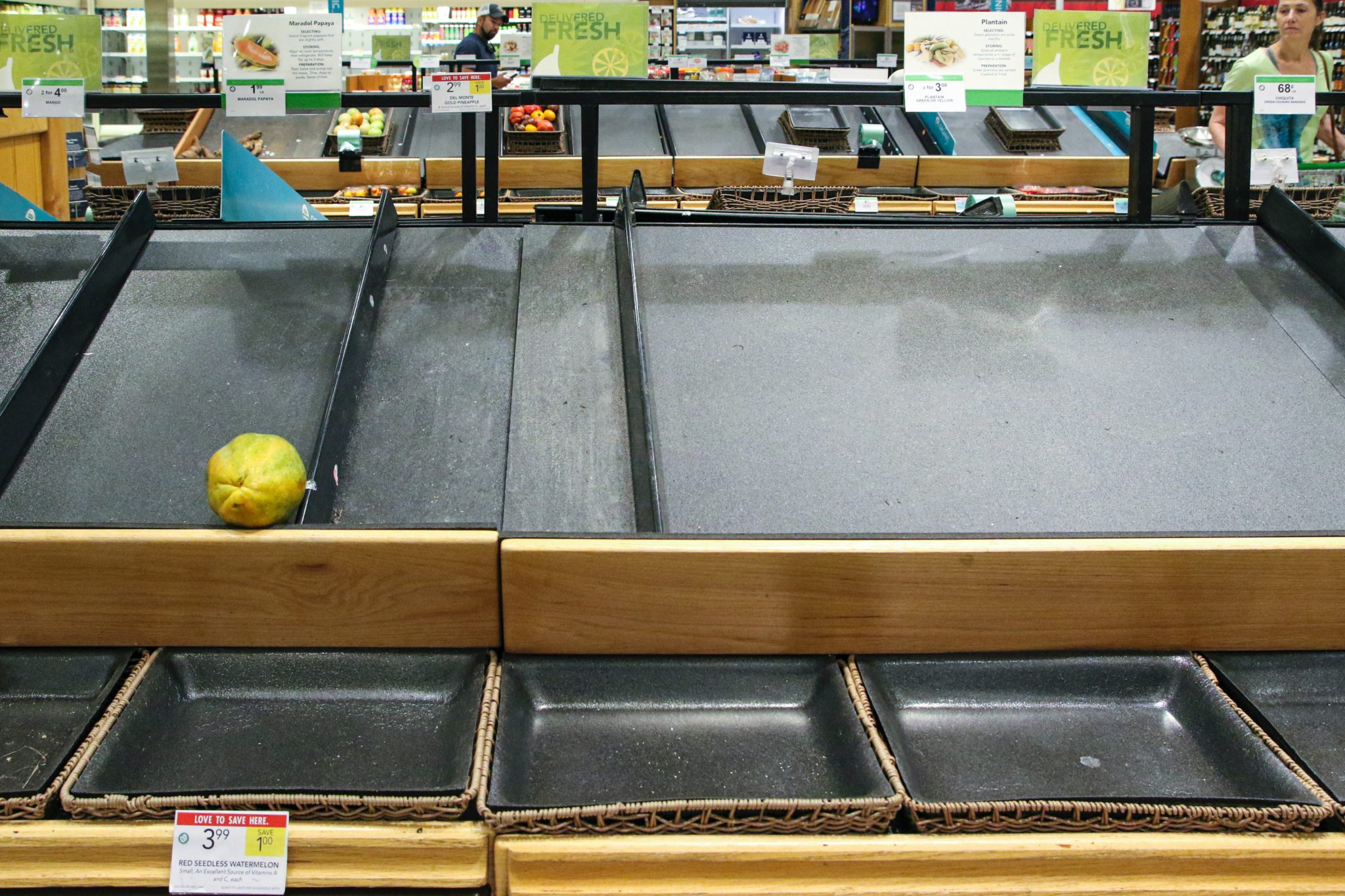
Businesses across every industry have faced unparalleled disruption to their operations as a result of the coronavirus pandemic, writes Paul Crerand, Senior Director of Solution Engineering EMEA, Office of the CTO, MuleSoft.

In the retail sector, we’ve seen shelves across the globe being repeatedly stripped bare, as supply chains that simply weren’t geared-up to deal with such sudden and dramatic changes in buying behaviour have struggled to keep up.
However, while the pandemic has certainly placed new strains upon global supply chains, it has also exposed pre-existing faults. Some retailers had already been taking steps to address these problems, but for many, those efforts have not been enough to deal with the crisis. It’s clear that supply chains need to evolve if they are to give retailers the ability to deal with the uncertainty and unpredictability that could continue to shape the future.
Barriers to quick response
One of the key challenges that retailers face is the lack of real-time visibility into demand, meaning it has been difficult for them to forecast and keep pace with rapidly changing consumer purchasing behaviour. For example, while a retailer may notice a sudden spike in sales of a specific product on a particular day, it may not have wider visibility into the scale of that demand across its entire supply chain. As a result, it’s more difficult to identify a wider shift in consumer behaviour and the retailer is likely to remain one step behind, as it continually struggles to keep its shelves stocked.
Adding to this is the widespread lack of no touch order processing capabilities within the industry. Rather than using a system that automatically orders more stock as goods are taken from the shelves, many continue to restock manually or use batch order processing, which can be slow and error-prone processes. Additionally, the delivery systems that retailers rely on usually operate on rigid processes and simply cannot offer the rapid response-times and flexibility that are needed to adapt quickly to changing circumstances. Whilst some retailers were trying to overcome these issues before the outbreak – through “just-in-time” (JIT) approaches like micro-fulfilment centres and closed loop planning, for instance – many of these efforts were still in their infancy. New approaches must be adopted to allow retailers to meet rapidly changing demand patterns.
Integration: The crux of the problem
For the most part, the crux of these problems lies in integration challenges and the rigidity of core supply chain systems; the average organisation has 900 applications, but only 28 percent of them are integrated. This prevents data from flowing easily across the organisation, which, in the context of the various applications and databases spread across the supply chain, severely restricts end-to-end visibility and the ability to process orders in real time. Retailers also often depend on inflexible and outdated systems that take months to implement a change request for, limiting their ability to onboard new suppliers quickly should the need arise.
Ultimately, these barriers slow down retailers’ efforts to digitally transform, with 52% of retail IT leaders reporting that they were not able to deliver all of the projects they committed to last year. During the coronavirus pandemic, it has been apparent that IT bottlenecks and limited real-time insights have prevented retailers from responding quickly to keep products on the shelves. This problem doesn’t just lie with the retailers themselves, but exists across the entire supply chain. Wholesalers, for instance, often lack real-time insights into demand, which can lead to them overpromising and under-delivering, leaving stores without the goods they’ve ordered.
Composing a new approach through APIs
API-led connectivity can enable retailers to start to address some of these longstanding flaws in their supply chains, by creating a flexible integration layer between systems and data. By exposing every digital service, process or asset as an API, retailers can repackage data and applications as reusable capabilities in a composable supply chain. This enables retailers to more easily unify old systems and data with modern automated technology and processes, to drive new supply chain capabilities such as advanced forecasting and predictive shipping.
Some retailers are already taking this API-led approach to increase their supply chain agility. One global grocery retailer has started implementing sensor-based shelves to enable real-time order fulfilment and price management. In another case, a global drinks company is layering APIs over its multiple warehouse management systems to enable JIT replenishment, with stock management to the nearest point of consumption.
The global pandemic has exposed issues across every industry and every corner of the world, but for retailers, it has shone a light onto how deeply the problems within our global supply chains run. There will almost certainly be a period of stabilisation and survival for many retailers following the immediate crisis, but we will soon see a new board-driven imperative to rapidly accelerate and drive digital transformation, agility and flexibility within supply chains. The fast will eat the slow more than ever, and so it is vital that retailers take this imperative not only to support the near-term demand for digitalisation, but also to be more responsive, resilient and efficient in the future.






